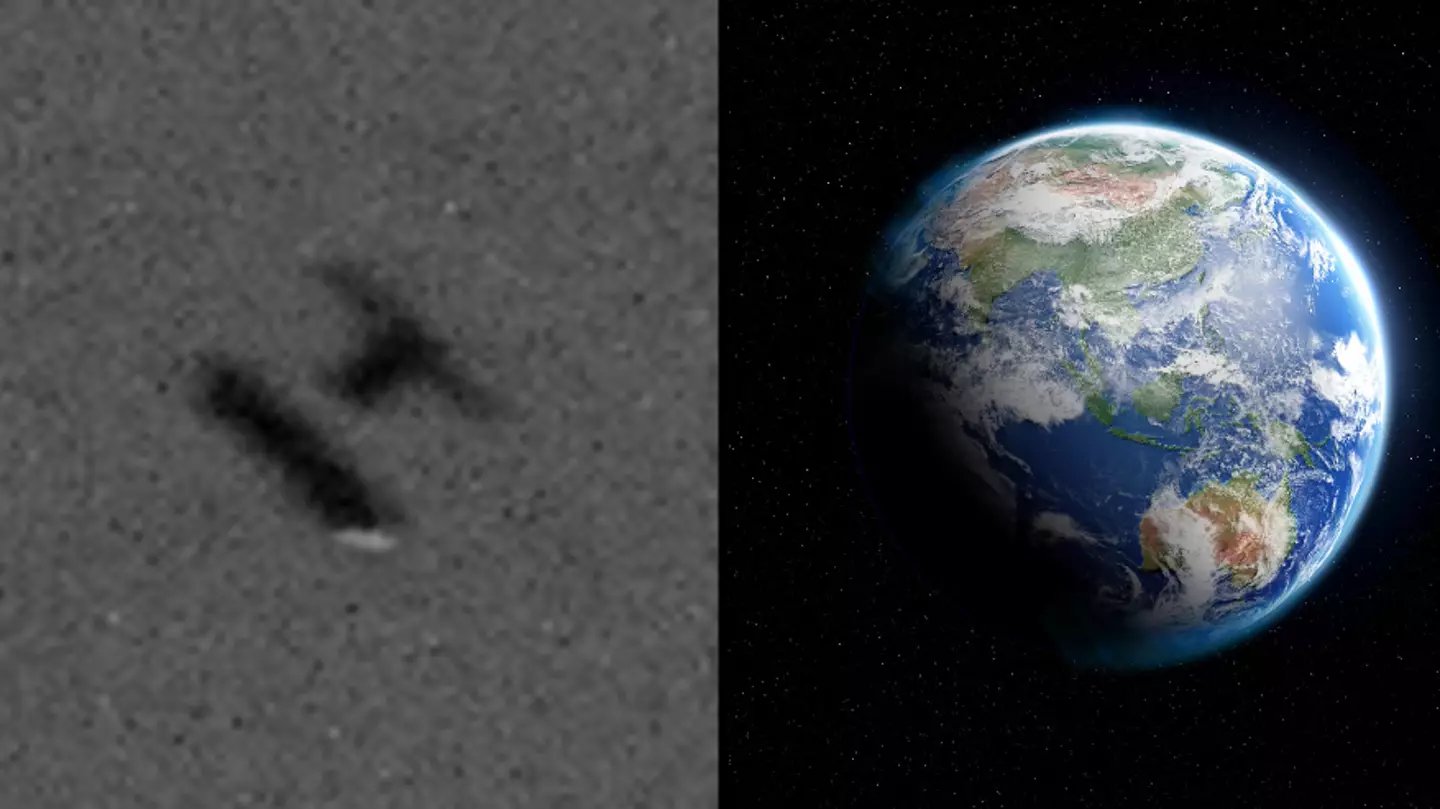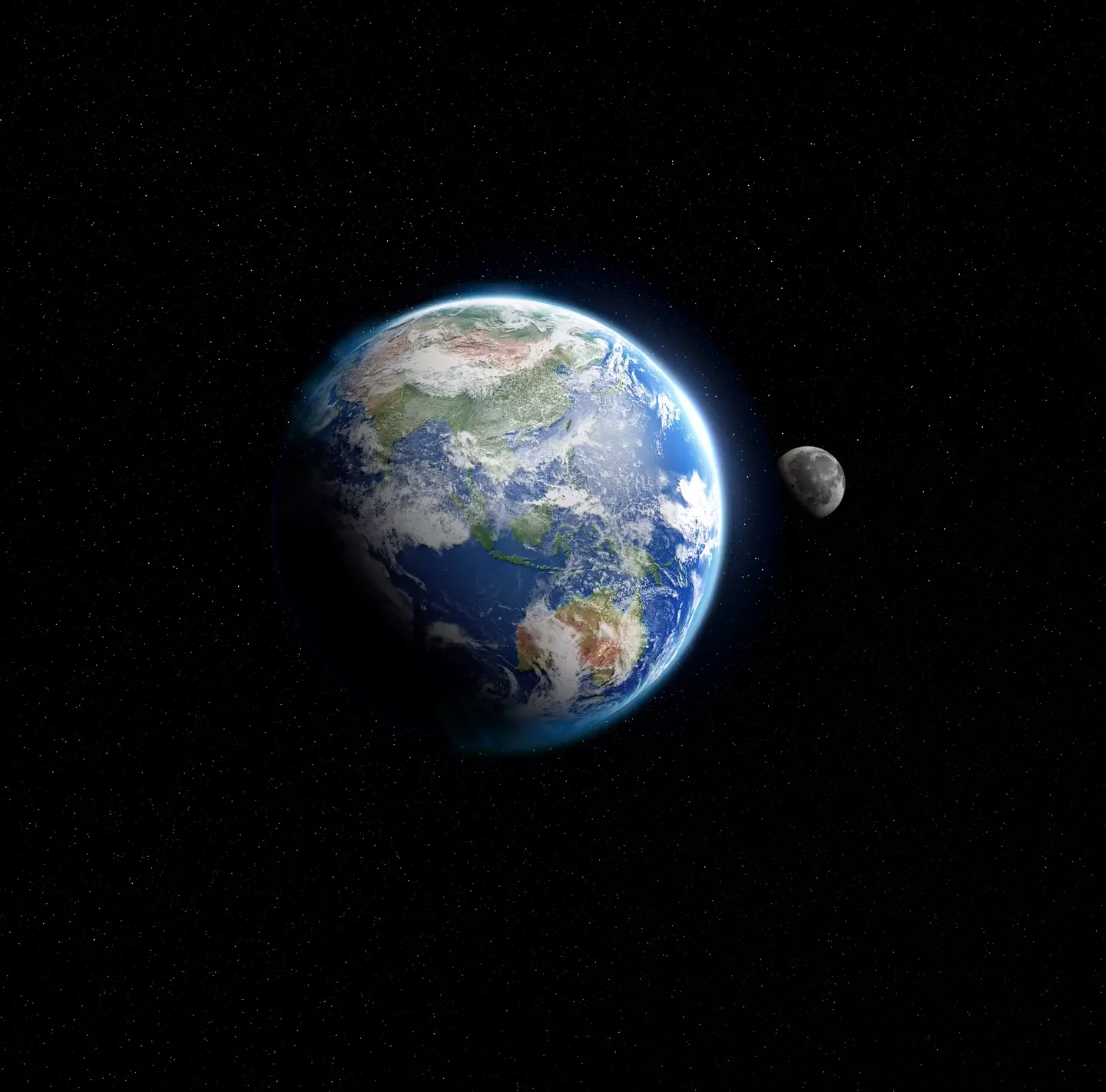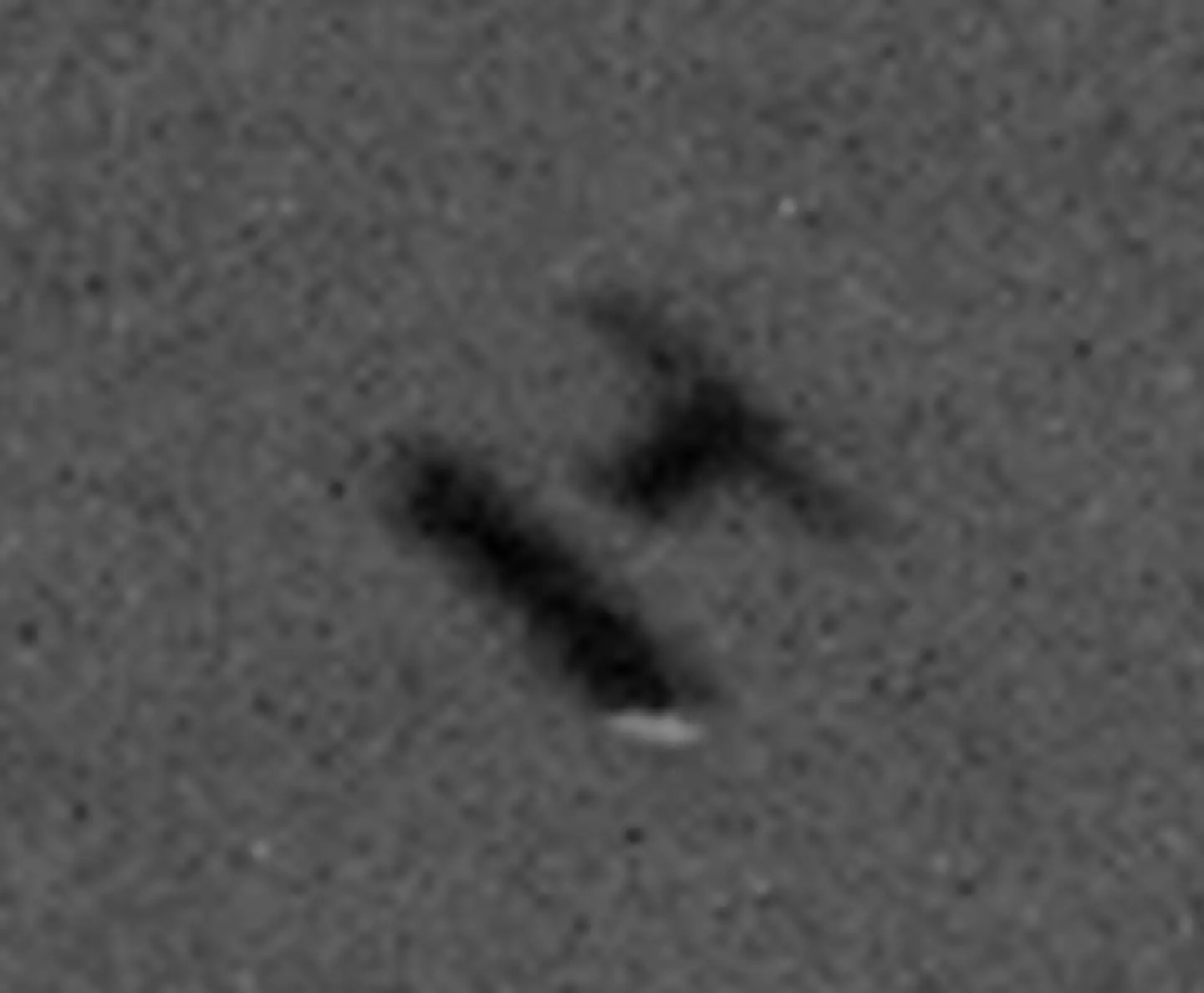
There is an out-of-control satellite heading towards Earth that is set to re-enter the atmosphere soon.
It has been orbiting the Earth for almost 30 years, but it has now started its rapid descent back to the surface.
The satellite was sent into space in 1995 and was dubbed as Europe's most sophisticated Earth observation spacecraft at the time.
Launched as the second European Remote Sensing satellite, ERS-2, it gave us a plethora of information, changing the way we look at our planet and at climate change.
Advert
It featured some revolutionary equipment for the time, which helped it monitor things like Earth's melting polar ice, rises in sea-level, warming oceans, changing land surfaces and atmospheric chemistry.
The mission in place for the satellite was achieved in a fraction of the predicted time and built the foundations for many of the satellites today.
Intended to spend over 100 years orbiting the planet, its mission was cut short after 16 years, with the satellite continuing to go around the earth at a lower altitude, from 785km down to 573km, to minimise the chances of colliding with another satellite.

However, the uncontrolled satellite is now hurtling towards our planet, dropping to an altitude of just 200km as of Monday 19 February.
Advert
ERS-2 is expected to break into fragments upon re-entering the atmosphere, with most of the pieces set to burn up before reaching the surface.
Some fragments are expected to reach the surface of Earth, however, but they are predicted to fall into the ocean and won't contain any radioactive or toxic substances.
As the re-entry of the satellite into the atmosphere is 'natural', it isn't possible for scientists to predict exactly when it will happen, the European Space Agency (ESA) says.
But as it gets closer to us, experts will be more able to predict when it may happen, with its latest forecast set for 11:14 am on Wednesday 21 February.
However, there's nothing to worry about as ESA said 'the risks associated with satellite reentries are very low'.
Advert

Mirko Albani, head of ESA's Heritage Space Programme spoke about the satellite amidst the news: "It provided us with new insights on our planet, the chemistry of our atmosphere, the behaviour of our oceans, and the effects of humankind's activity on our environment."
Angus Stewart, Head of Space Surveillance and Tracking at the UK Space Agency, spoke specifically about the satellite's re-entry: "There are thousands of operational and defunct satellites in orbit around the Earth, and the ability to operate safely in space and bring the benefits back to Earth is growing increasingly challenging."
William Crowe, CEO of HEO, an Australian company that is responsible for the photos taken of the satellite, said: "HEO is adding a new data source at scale with Non-Earth Imaging (NEI).
"This could transform the way we think about public safety when it comes to space."
Advert
Well, if you're out on Wednesday just before midday, feel free to look up and see if you spot anything falling from the sky.
Topics: Science, Space, Technology, Environment